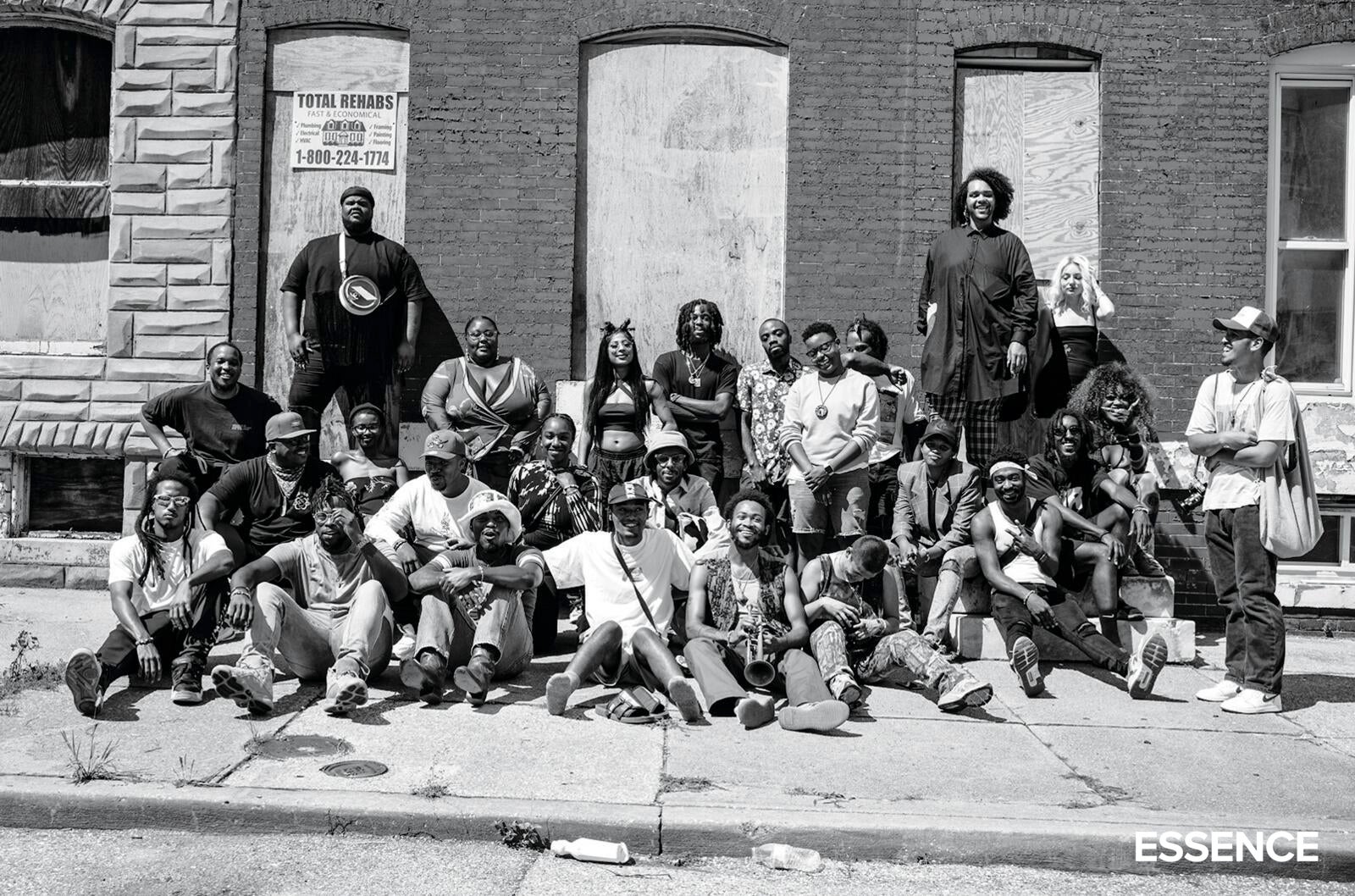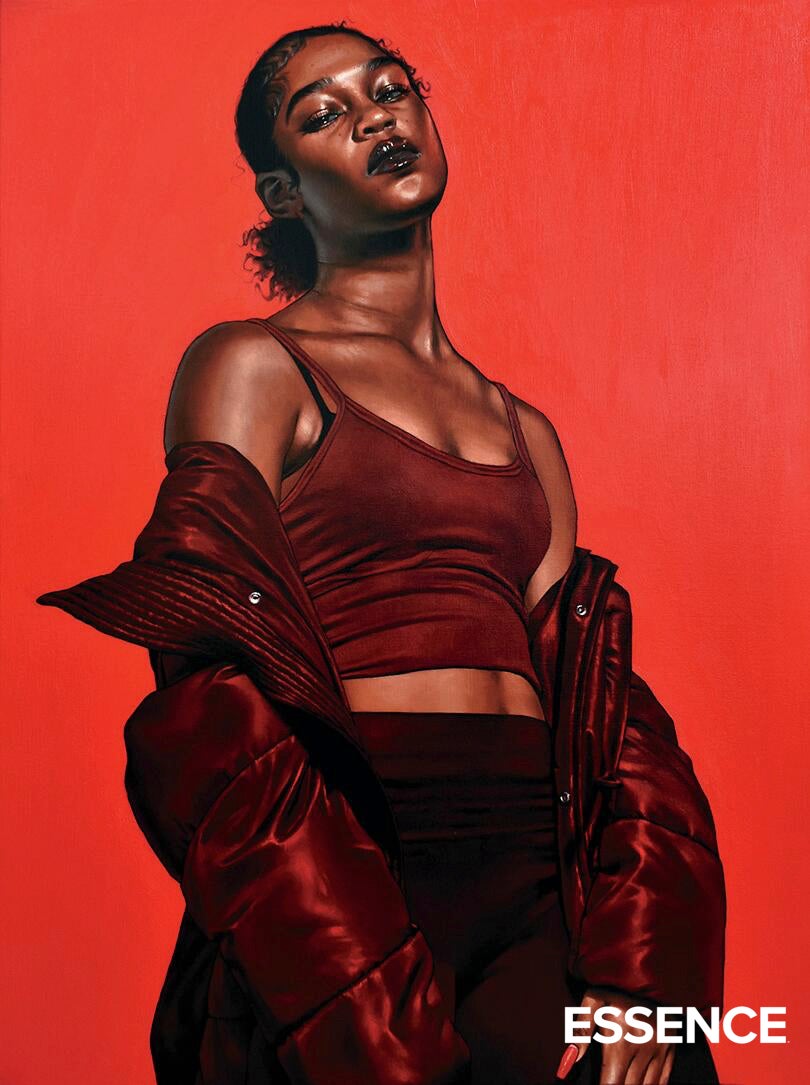
For decades, hip-hop was snubbed by folks who refused to consider it high art; now curators are clamoring to tell its stories. In 2021, Contemporary Arts Museum Houston showcased DJ Screw’s legendary signature sound with the exhibit Slowed and Throwed: Records of the City Through Mutated Lenses. And in 2022, the Brooklyn Museum amplified the late Virgil Abloh’s hip-hop–inspired work as a designer and visionary artist with the mixed-media installation Figures of Speech. Now the Baltimore Museum of Art is celebrating the maturation of the music genre with The Culture: Hip Hop and Contemporary Art in the 21st Century.
“Whenever an art form reaches this point in age, there’s this desire to canonize it,” says Gamynne Guillotte, who co-curated the Baltimore exhibition with Asma Naeem. “Hip-hop is old enough to have its own set of references, and it’s a really beautiful moment for really taking stock of what that means for a genre that is about constant evolution.”
The Culture, which opened on April 5, features paintings, drawings, photography, sculptures, videos, and installations tracking hip-hop’s progression since its beginnings in the South Bronx in 1973. More than 90 works, from artists such as Julie Mehretu, Monica Ikegwu and Carrie Mae Weems, illustrate the music form’s journey from rebellious sibling to pop-culture dominator. A soundscape, from Baltimore-based artists Wendel Patrick and Abdu Ali, adds context to the experience as attendees listen to an audio collage inspired by the exhibition’s themes.

“This is a show that you should be able to move your body in,” adds Guillotte. “It actually has a soundtrack to it.”
It’s also one that examines both the admiration and the tension between rappers and the visual artists they name-drop on tracks, including Abloh.
“There’s this absolute canon of Western art history—then there’s this alternate canon that hip-hop has created. And it’s in conversation with that traditional canon, even as it’s pushing against it,” Guillotte explains.
“One of the ways that the conversation around hip-hop and contemporary art takes place is that these things are in some way diametrically opposed to each other. But if you look at the history of hip-hop, fine art’s always been there. There’s always been this conversation between the street and the gallery.”

Notable fashion moments—from Dapper Dan to Louis Vuitton’s newest men’s creative director, Pharrell Williams—are included in those conversations, alongside images of an Azalea tracksuit from Telfar Clemens, Lil’ Kim’s iconic turquoise Chanel bang and Jordan Casteel’s 2018 painting, “Fendi.”
“It was very important for us to really think about fashion as an art form unto itself,” says Guillotte. “Fashion has had a tremendous impact on contemporary artistic practice.”
Guillotte sees including wearable art as a “leveling of hierarchies”—and notes its opportunity to expand the mindset of museumgoers. Her ultimate hope, she says, is that “audiences walk away with a different kind of appreciation for both hip-hop and contemporary art and their interplay.” The Culture: Hip Hop and Contemporary Art in the 21st Century will be on display through July 16, 2023.
Lead image: Hank Willis Thomas’s“Black Power,” 2006; barrett barrera Projects.